What is Rewilding?
- Published
- comments
Meet the kids on a rewilding mission to help nature
There is a lot of focus right now on looking after the planet and tackling climate change, and one way of helping to do that is rewilding.
The first ever World Rewilding Day took place in March this year, to raise awareness of the power nature has to heal itself.
You might not have heard of rewilding before but it is an important topic and many environmentalists, including Greta Thunberg and Sir David Attenborough, support the idea.
Attenborough recently called on the global population to 'rewild the world' to restore stability to our planet.
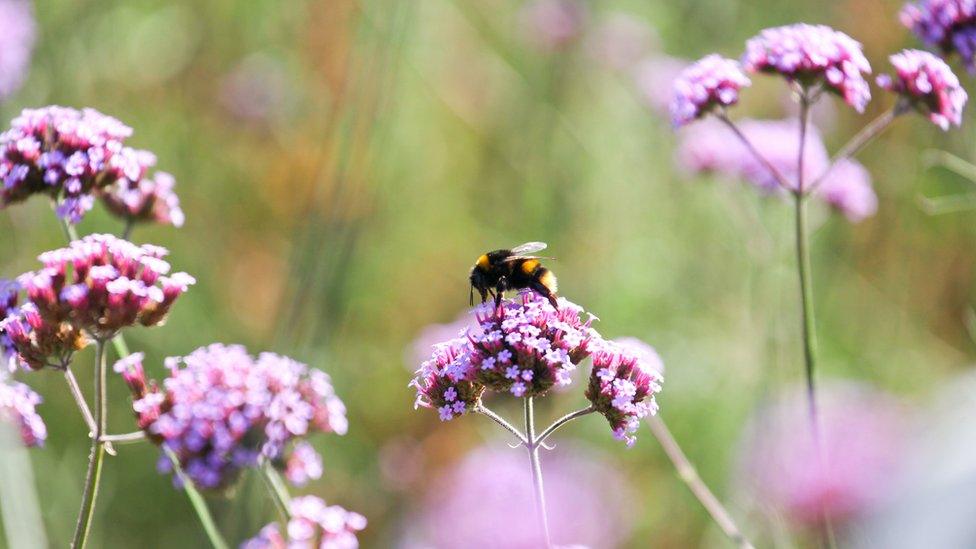
Bees are extremely important creatures but their numbers have dropped in recent years, due to the use of chemicals and loss of habitat
The UK is one of the most nature-depleted countries in the world and in November the government announced its 10-part plan for a 'green industrial revolution' to help change this.
Rewilding is part of their vision to restore biodiversity and fight climate change.
At the time, Prime Minister Boris Johnson said: "We will harness Mother Nature's ability to absorb carbon by planting 30,000 hectares of trees a year by 2025, and restore the abundance of nature by rewilding 30,000 football pitches worth of countryside."
Biodiversity is all the different kinds of life that can be found in a given area. That includes animals and plants, but also microorganisms such as bacteria.
Each of these species and organisms work together in ecosystems.
Ecosystems support all life on Earth. The healthier our ecosystems are, the healthier the planet - and its people.
SOURCE: World Wildlife Fund
What is rewilding?
Put simply rewilding is all about returning land and oceans to a more natural - or wilder - state.
This often means doing nothing and letting nature take over to create more biodiverse areas.
Often animals or plants are introduced to an area, including species or similar species, that might have lived there previously but do not any more.
Chemicals, fertilisers and worming tablets are not used on the land or animals living there either.
The charity, Rewilding Britain, says: "Rewilding seeks to reinstate natural processes and, where appropriate, missing species - allowing them to shape the landscape and the habitats within."
Not-for-profit organisation Rewilding Europe says rewilding is "about letting nature take care of itself, enabling natural processes to shape land and sea, repair damaged ecosystems and restore degraded landscapes."
So unlike traditional conservation projects, the aim of rewilding is to create spaces where experts do not need to keep on looking after them and protecting the wildlife there in the future.
Find out how you can give nature a helping hand here
How to make seed bombs - beware it is a muddy job!
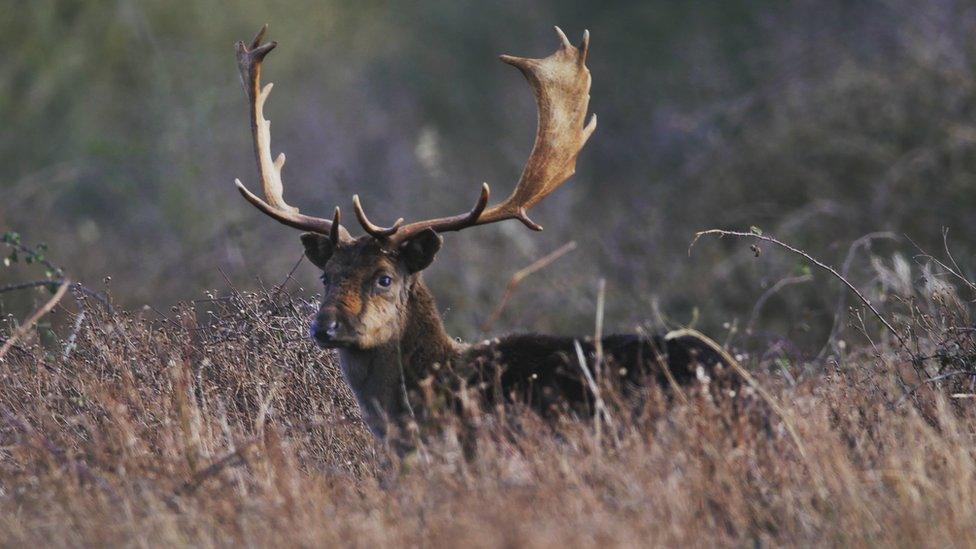
The Knepp Castle Estate in West Sussex, in England, is one of the UKs most famous rewilding projects, after years of the land there being intensely farmed
What are the benefits of rewilding?
There are a number of national campaigns encouraging urban areas - cities and towns - to rewild because of the positive impact it can have on the environment and nature.
It can mean species which have been in decline or facing extinction have the opportunity to return naturally.
One benefit is the way it can help to restore biodiversity and ecosystems.
The United Nation's (UN) Decade on Ecosystem Restoration highlights how doing this can "provide the best defence against climate change".
Rewilding also makes it easier for wildlife and their habitats (where they live) to adapt to changes because of climate change which has the potential to help save species which are declining or at risk of extinction.
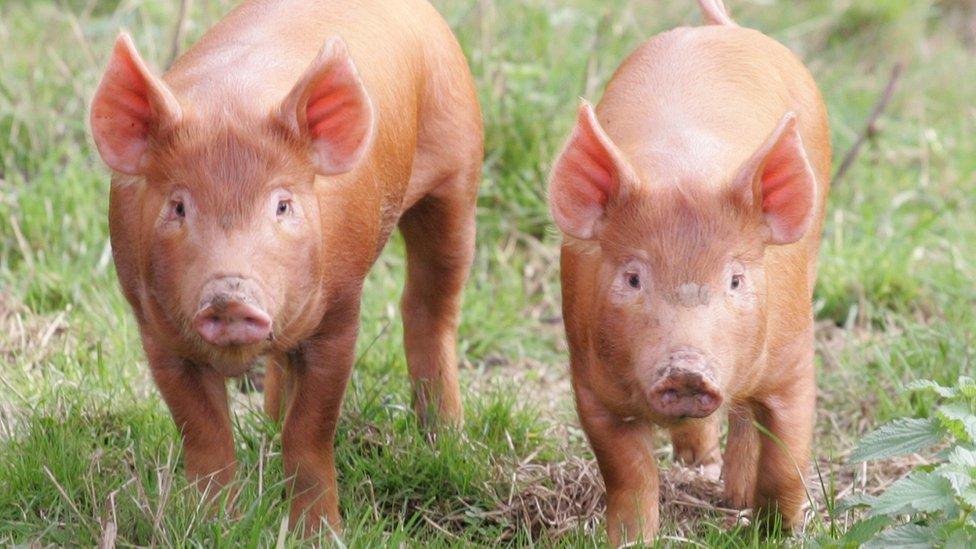
Tamworth Pigs have also been introduced at the Knepp Castle Estate. They like to turn over the earth with their snouts or rootle, which helps plants to grow and species to thrive
A rewilding project on land at the Knepp Castle Estate in West Sussex has meant rare species such as turtle doves, nightingales, peregrine falcons and purple emperor butterflies now breed there. It has also led to populations of more common species increasing too.
Some also argue that it can help people feel closer and more connected to nature after human activity can - and has - had a devastating impact on the planet. For example through carbon emissions, plastic pollution and deforestation.
Nature is also a way to help improve people's health and well-being so more of it and more access to wilder nature is seen as a positive.
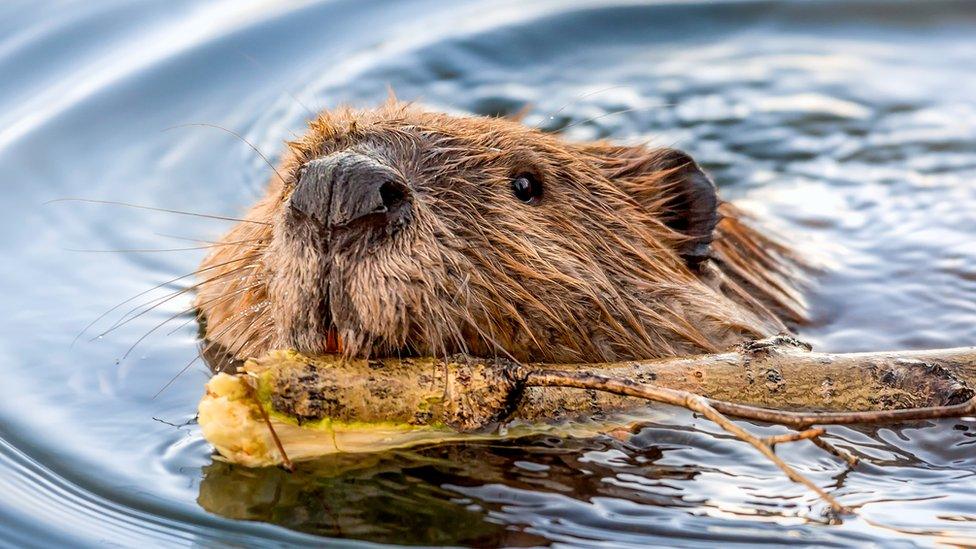
Free-ranging beavers have been introduced to Kent, Essex and the Forest of Dean, but these populations are kept in large, fenced enclosures
Is rewilding always appropriate?
There are different opinions about what land should be given over to rewilding.
Whilst all agree that taking action against climate change is urgent, how we do that is being widely talked about.
Some groups, believe it is import that fertile agricultural land, farmed to grow food, should not be rewilded, and other areas should be used instead.
The National Farmers Union (NFU), a group that represent farmers all over the UK, told Newsround that balance is important when it comes to helping nature.
Deputy President of the NFU, Stuart Roberts said: "British farmers produce some of the most climate-friendly food in the world and play an important role in looking after the environment, from planting and restoring trees and hedgerows to encouraging wildlife, improving our soils and protecting our watercourses.
"This all helps to reduce their impact on the climate and capture more carbon from the atmosphere.
"But we all need to eat and rewilding projects must be carefully thought through to make sure they don't reduce our ability to produce food for the country.
"Rewilding large parts of agricultural land would mean having to bring in and eat more food from other countries that may not have been produced in a climate-friendly way, which would actually make the global climate change situation worse.
Food production and carbon capture are both very important and we need to be able to do both together."
Many believe it is about finding a balance and working together to come up with the best plan to help nature.
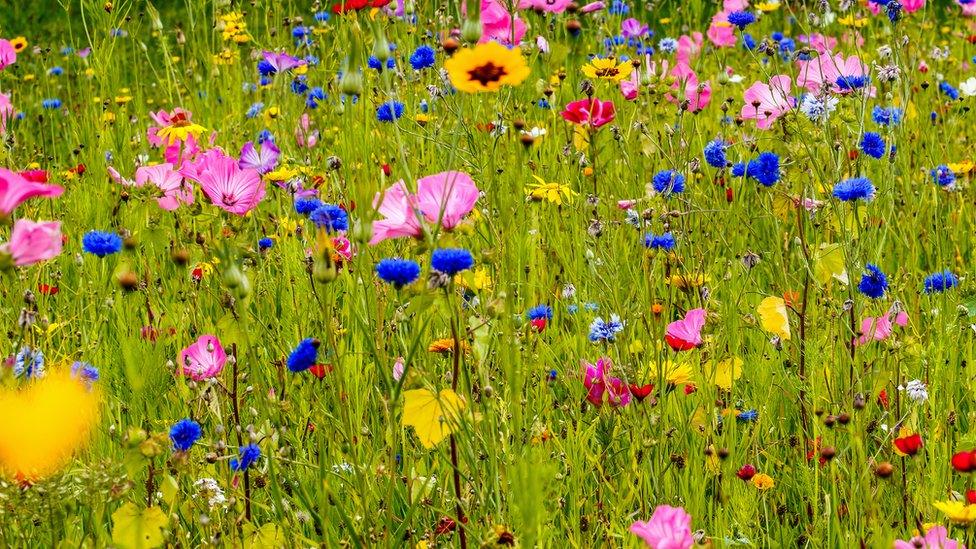
Wildflower meadows are a crucial habitat that support lots of insects including bees, beetles and butterflies, which then support many small animals and birds. And, creating a mini meadow or planting wildflower seeds is easy.
How can you get involved?
There are lots of ways that you can help nature, even if you do not have lots of outdoor space.
If you have a garden - letting small parts of it go wild - by leaving it to grow, can provide habitats for wildlife.
Leaving old wood, fallen leaves, and other garden waste can provide brilliant homes for hedgehogs, toads, frogs and insects.
'No Mow May'
This month, Plantlife have called on people to let their lawns grow for 'No Mow May', to let wildflowers bloom, 'providing a feast of nectar for our hungry pollinators.'
Filling your garden, pots or window boxes with pollinator friendly plants and flowers is great for insects and bees too.
Not using harsh chemicals and pesticides, like weed killer or slug pellets, is also a good way to protect the environment.
You could even try making and dropping seedbombs in places where you have permission.
And, if you do not have any outdoor space of your own, you could speak to your school about creating somewhere special for nature or rewilding there.
- Published29 October 2020

- Published4 May 2021

- Published19 January 2021

